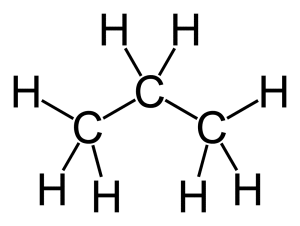LPG is Liquefied Petroleum Gas. This is a general description of Propane (chemical formula C3H8) and Butane (chemical formula C4H10), either stored separately or together as a mix.
It called Liquefied Petroleum Gas because these gases can be liquefied at normal temperature by application of a moderate pressure increase, or at normal pressure by application of cooling using refrigeration.
LPG is a good substitute for petrol in spark ignition engines. Its clean burning properties, in a properly tuned engine, give reduced exhaust emissions, and extended lubricant and spark plug life.
The clean burning properties and portability of LPG provide a substitute for indigenous fuels such as wood, coal, and other organic matter. This provides a solution to de-forestation and the reduction of particulate matter in the atmosphere (haze), caused by burning the indigenous fuels. top
LPG is: Colourless. Odourless. (It’s normal to odorise LPG by adding an odorant prior to supply to the user, to aid the detection of any leaks). Flammable. Heavier than air. Approximately half the weight of water. Non toxic but can cause asphyxiation. LPG expands upon release and 1 litre of liquid will form approximately 250 litres of vapour.



